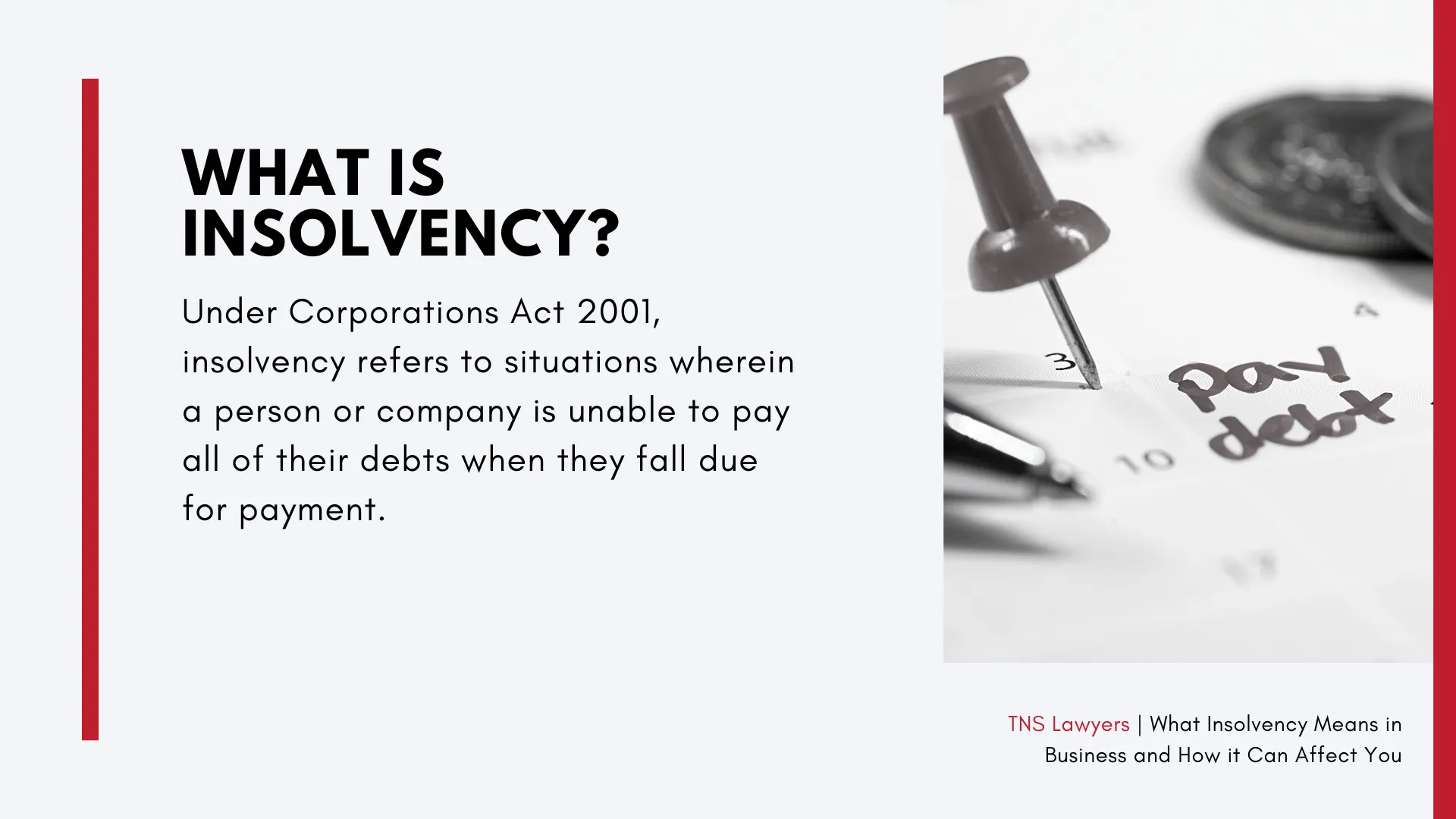Our Insolvency Practitioner PDFs
Our Insolvency Practitioner PDFs
Blog Article
The Greatest Guide To Insolvency Practitioner
Table of ContentsThe 9-Minute Rule for Insolvency PractitionerThe 2-Minute Rule for Insolvency PractitionerInsolvency Practitioner for DummiesThe Main Principles Of Insolvency Practitioner Getting The Insolvency Practitioner To WorkA Biased View of Insolvency PractitionerInsolvency Practitioner Fundamentals Explained
Insurance is monitored and controlled by state insurance policy departments, and among their main objectives is securing insurance holders from the danger of a company in monetary distress. When a company goes into a period of financial problem and is not able to meet its responsibilities, the insurance coverage commissioner in the company's home state starts a processdictated by the laws of the statewhereby initiatives are made to aid the business restore its economic footing.If it is established that the firm can not be restored, the business is stated bankrupt, and the commissioner will certainly ask the state court to buy the liquidation of the business. The insurance coverage commissioner, either assigned by the guv or chosen, heads the state insurance policy department and monitors and regulates insurance coverage task within the state.
By acquiring control of a company, the commissioner (or the insurance division) is, by law, the rehabilitator or liquidator of the firm. In this ability, the commissioner or department takes control of the company's operations. Rather than do so directly, the commissioner might maintain an unique deputy receiver to oversee the company's tasks.
Insolvency Practitioner Things To Know Before You Get This
The receiver looks after an accountancy of the company's possessions and responsibilities and provides the estate of the firm. In doing so, the receiver seeks to make best use of the company's possessions, transfer them to cash money, and after that distribute that money to lenders having legitimate claims against the insurance provider based on repayment top priorities specified by state legislation (in all states, insurance holders are concern complaintants whose insurance claims are paid prior to those of basic financial institutions).
All insurance coverage companies (with minimal exceptions) certified to sell life or medical insurance or annuities in a state should be members of that state's warranty association. The warranty association accepts the commissioner and the receiver in pre-liquidation preparation. Once the liquidation is ordered, the warranty organization provides insurance coverage to the company's insurance holders who are state homeowners (as much as the levels defined by state lawssee listed below; any type of advantage amounts over the warranty asociation benefit degrees come to be claims versus the firm's remaining possessions).
7 Easy Facts About Insolvency Practitioner Explained
The above coverage degrees apply separately for every insolvent insurer. [Back] When an insurance company stops working and there is a shortfall of funds required to satisfy the obligations to policyholders, state warranty organizations are turned on. Warranty organizations have two main sources of financing when providing protection to insurance holders. Warranty associations have subrogation legal rights to an in proportion share of the possessions remaining in the fallen short insurance provider.
Second, insurance providers doing organization in that state are analyzed a share of the amount called for to meet the section of the guaranty associations' protected claims not otherwise funded with estate assets. The amount insurance firms are assessed is based on the quantity of premiums that they gather because state. [Back] The National Organization of Life and Medical Insurance Warranty Associations (NOLHGA) is comprised of the life and medical insurance warranty organizations of all 50 states and the District of Columbia.
NOLHGA establishes a job force of representative warranty organizations to deal with the insurance commissioner to develop a plan to shield insurance holders. For more details on NOLHGA's function at the same time, see "What Is NOLHGA?" and "The Safeguard at Work." [Back]
Insolvency Practitioner Fundamentals Explained

Anticipating protection by aiding you select the best consumers and the best markets to stay clear of bad financial debt in the first area, thanks to severe economic analysis. Comprehensive market intelligence, supplying you with 360-degree visibility on organization sectors and putting in jeopardy problems. It would certainly be a simplification to assume a profession credit insurance begins and ends with costs and pay-outs.

The smart Trick of Insolvency Practitioner That Nobody is Talking About
It can bring about task losses, asset sales, and also bankruptcy. It is very important to comprehend just how business insolvency jobs and how it like it can impact your company. Why does a company become part of insolvency? There are a visit homepage variety of reasons a business may participate in bankruptcy. One of the most common factor is that the firm is unable to pay its financial obligations as they drop due.
Various other factors for bankruptcy include fraud, mismanagement, and unforeseen costs. Insolvency can additionally lead to task losses and the closure of services.
Facts About Insolvency Practitioner Revealed
This can have severe implications for the firm, its stakeholders, lenders and the economy. The business might be compelled to sell properties, lay off team or perhaps close down. This can have a knock-on impact on the local neighborhood and the economy in its entirety. Financial institutions may be neglected of pocket and the business's investors might see their financial investment disappear.
This can happen for a variety of reasons, including poor economic management, unforeseen costs, or a modification in the market. If a firm is financially troubled, it might be compelled to close down or sell assets to pay creditors. This can have a major effect on business, employees, and investors.
It can bring about work losses, property sales, and also bankruptcy. It is necessary to comprehend exactly how company insolvency works and just how it can impact your organization. Why does a company participate in bankruptcy? There are a number of reasons that a company may become part of insolvency. The most usual factor is that the firm is unable to pay its financial obligations as they fall due.
Not known Incorrect Statements About Insolvency Practitioner
Other factors for insolvency consist of fraud, mismanagement, and unanticipated expenses. When a firm becomes financially troubled, its properties are utilized to repay its debts - Insolvency Practitioner. This can have a significant effect on business, as it might no longer be able to continue running. Bankruptcy can also cause work losses and the closure of organizations.
The anonymous company might be required to sell assets, lay off personnel or also close down. Lenders may be left out of pocket and the firm's shareholders may see their financial investment vanish.
Report this page